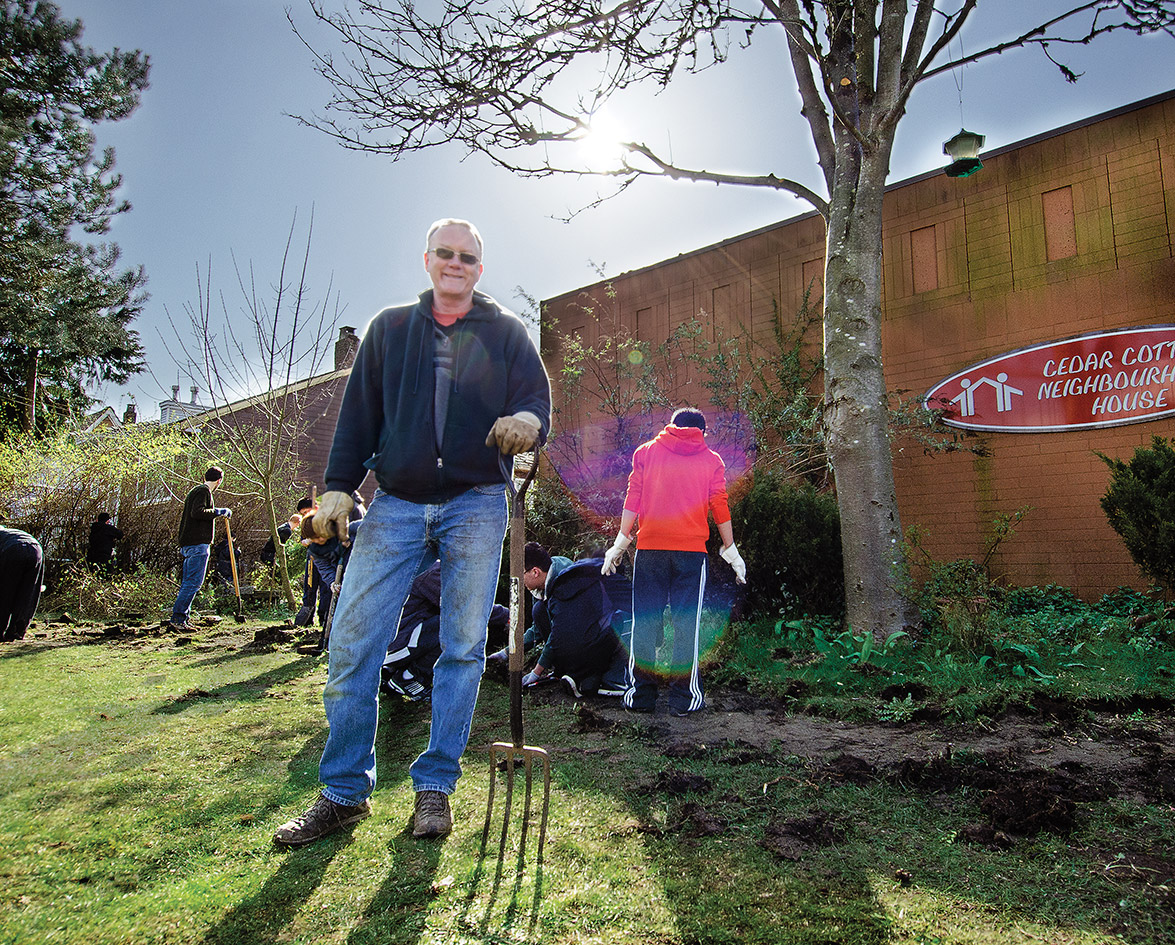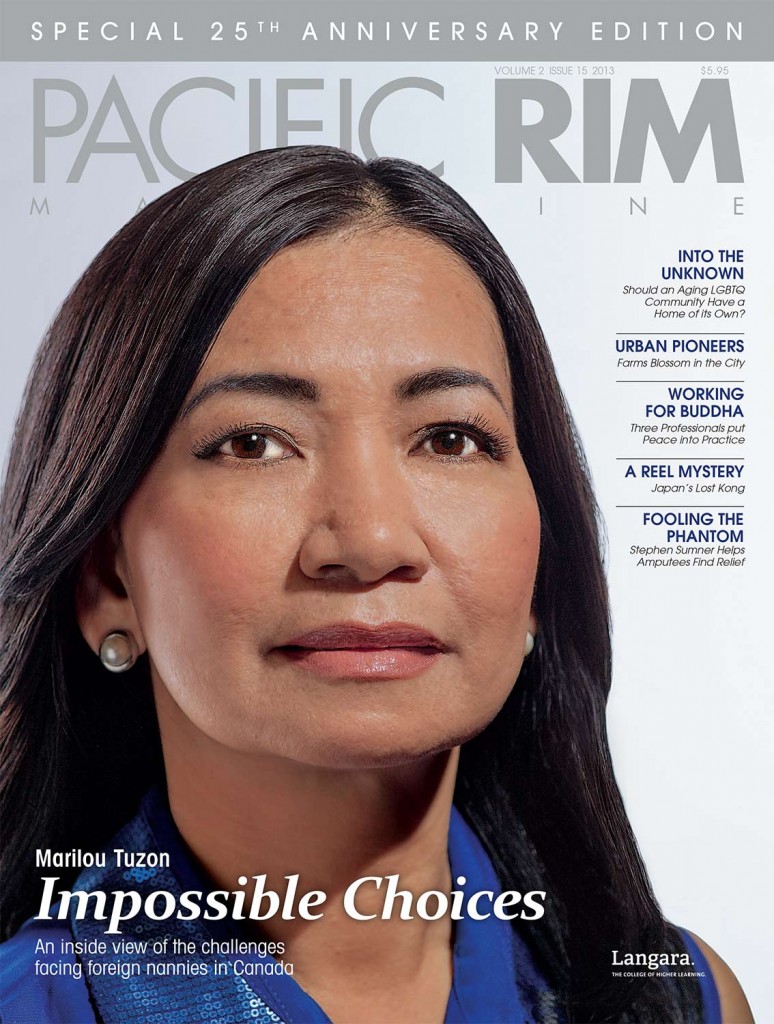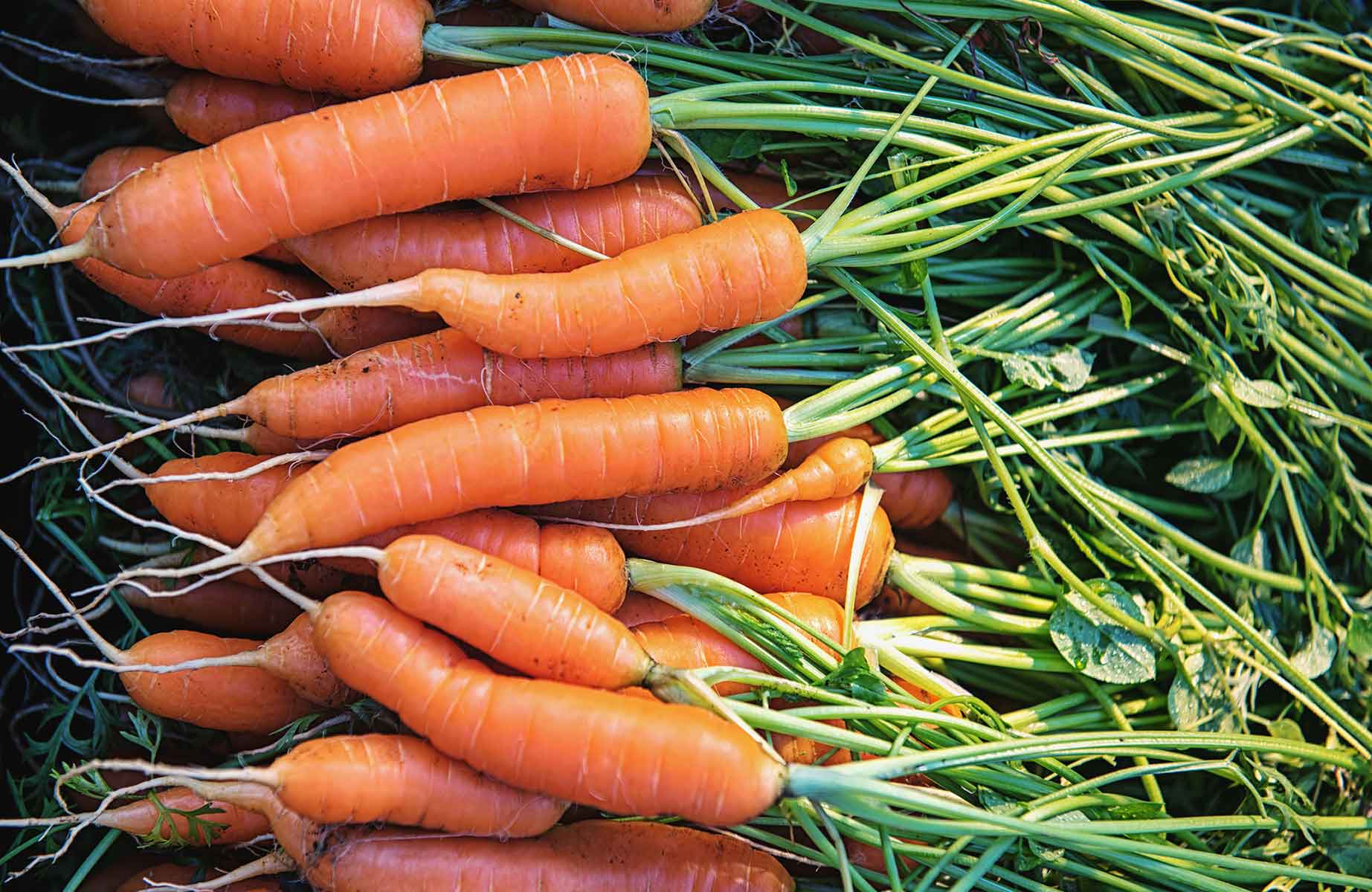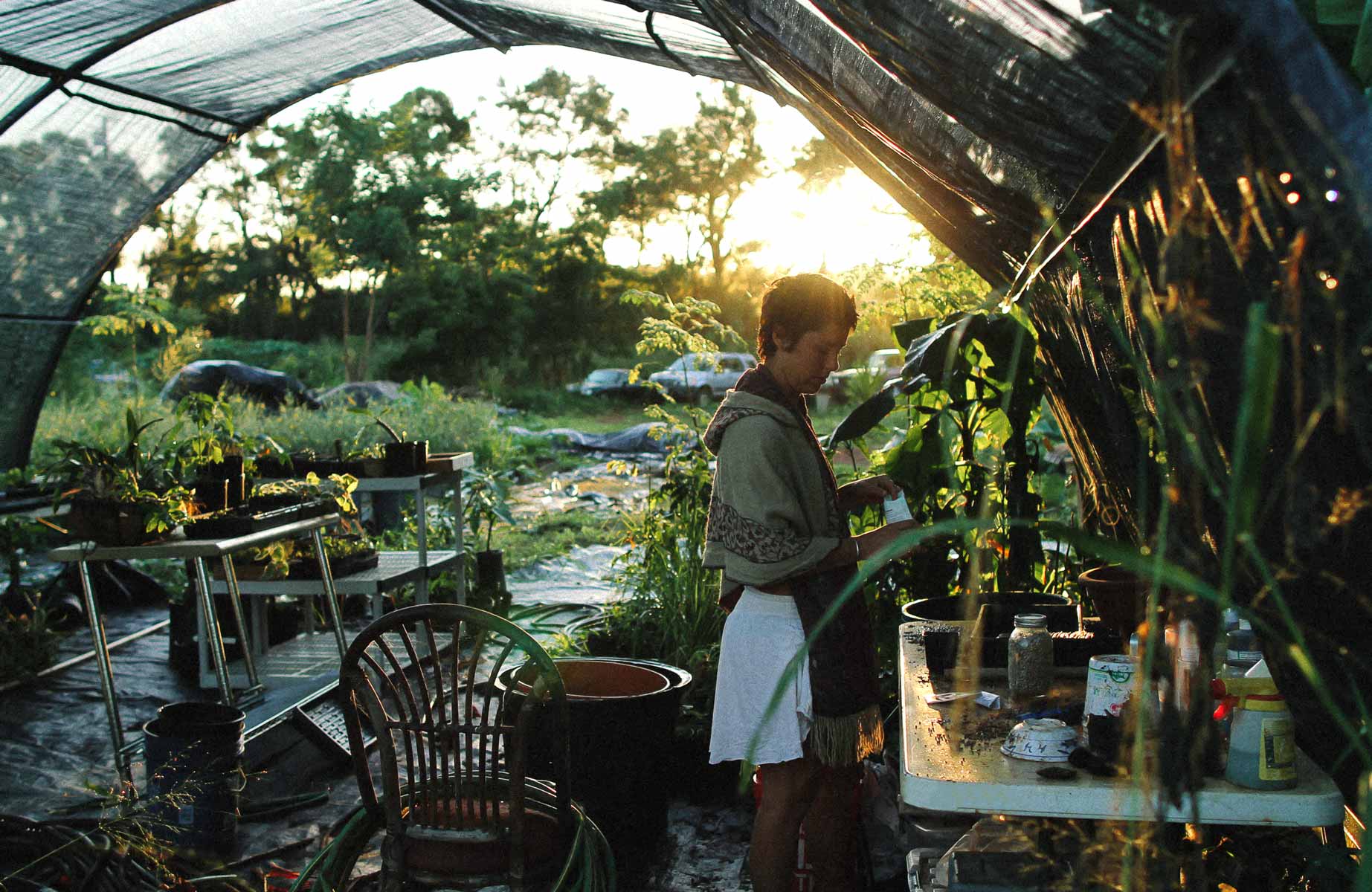In bustling population centres of developed countries across the Pacific Rim, urbanites stroll down the centre of blocked-off streets carrying cash and cloth bags, taking in tables piled high with fruits and vegetables. The typical farmer’s market is a reassuring experience, a reminder that we can grow things in our communities, ourselves. Behind each table, vendors stand eager to sell their produce.
With demand for natural and organic produce rising, farmers are experimenting with different models of production. One model is urban farming: growing vegetables commercially on smaller plots of land within cities. Reduced transport distances, access to municipal water for irrigation, microclimate benefits, and low initial investment are a few advantages of city farming.
Small Plot Intensive (SPIN) Urban Farming Model
In a well-operated urban commercial farm, smaller land areas can result in competitive and profitable yields. “Scaling down land doesn’t mean scaling down profits,” says Wally Satzewich, founder of an urban farming model called SPIN (small plot intensive). Satzewich’s farm in Saskatoon produces and sells thousands of pounds of carrots, potatoes, greens, and squash each year. He cites easy access to irrigation as one of the benefits of farming in an urban area. “Access to water can be as simple as turning on the faucet at the house. No investment other than an inexpensive garden hose is required.”
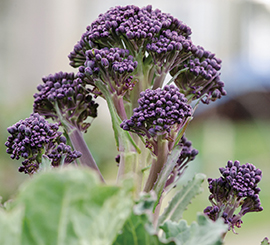
Urban Heat Island Effect
Urban farmers also enjoy longer growing seasons due to the “urban heat island effect.” Metropolitan areas are warmer than their surrounding rural zones. Two factors contribute to the urban heat island effect: heat-retaining materials used in city construction (concrete) and waste heat from energy and fuel use. Curtis Stone, founder of Green City Acres, an urban commercial SPIN farm in Kelowna, B.C., agrees the urban heat island effect is a benefit to his operation. “A city is often five degrees warmer year-round than it is in the countryside. That gives me an extra 45 frost-free days than what a farmer just a kilometer outside the city would have.”
The New Generation Of Farmers
Stone is part of a new generation of farmers: a group starting with little-to-no experience but with a lot of energy. In 2010 he established Green City Acres, a profitable, pedal-powered commercial farm. He had no previous farming experience, but he wanted to have more control of the food he ate and to reduce his reliance on fossil fuels. Stone could not afford to buy land, but he did not let that deter him. In 2009 he started farming on a rented city lot. Soon after, he expanded to more plots—increasing his harvests and maintaining his values. In 2011 Stone used 137 dollars worth of fuel in the production of 13,000 pounds of produce. Green City Acres now has eight plots located throughout the central Kelowna area.
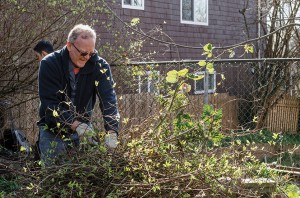
Reasons For Urban Farming
According to the B.C. Association of Farmers’ Markets, nearly 50 per cent of vegetable vendors in this province have less than five years of experience growing produce. People who pursue urban farming, either commercially or personally, do it for many reasons. For many urban farmers, the market is the most visible but not necessarily the largest contributor to their farm’s revenue. It’s common for producers to also have revenue from restaurant and farm gate sales, as well as community supported agriculture (CSA) programs. Some urban farmers forego markets altogether, preferring to pursue different commercial avenues available in the city.
Ward Teulon, founder of City Farm Boy in Vancouver, consults on the construction of urban farming spaces and has been very busy. He believes people are becoming more aware of food quality and are looking for ways to spend quality time with those they care about. “Lots of people are doing it if they’re starting a young family,” he says. Economic advantage is another motivator. “Other people are really trying to put a dent into their grocery bill. They’ve planted out every square inch of their backyard.”
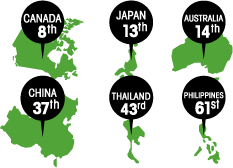 To feed growing populations, the United Nations’ Food and Agriculture Organization suggests the world will need to increase its food production 70 per cent by 2020. For developing countries, this need is almost at 100 per cent. Canada sits high in terms of food security, but some Pacific Rim nations rank rather poorly. Without changes to crop production and food supply, the trend of increasing undernourishment and decreasing food security in developing countries will continue. Rising urbanization, the shift from rural to urban living, only compounds the problem. China has seen drastic change in this area—its rural population decreased eight per cent over a six year period. Requiring less land and expenses than rural farming, the rise of urban farming may suggest an optimistic alternative to this growing issue.
To feed growing populations, the United Nations’ Food and Agriculture Organization suggests the world will need to increase its food production 70 per cent by 2020. For developing countries, this need is almost at 100 per cent. Canada sits high in terms of food security, but some Pacific Rim nations rank rather poorly. Without changes to crop production and food supply, the trend of increasing undernourishment and decreasing food security in developing countries will continue. Rising urbanization, the shift from rural to urban living, only compounds the problem. China has seen drastic change in this area—its rural population decreased eight per cent over a six year period. Requiring less land and expenses than rural farming, the rise of urban farming may suggest an optimistic alternative to this growing issue.





